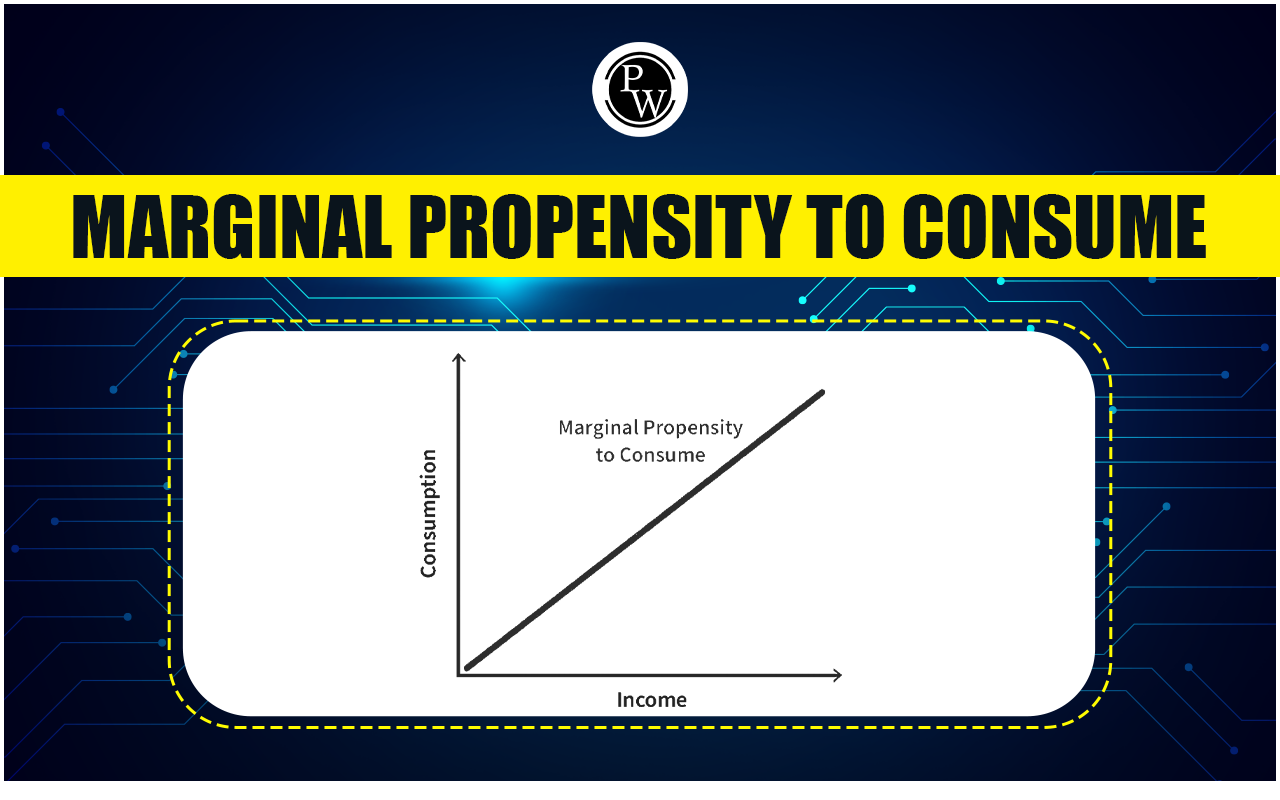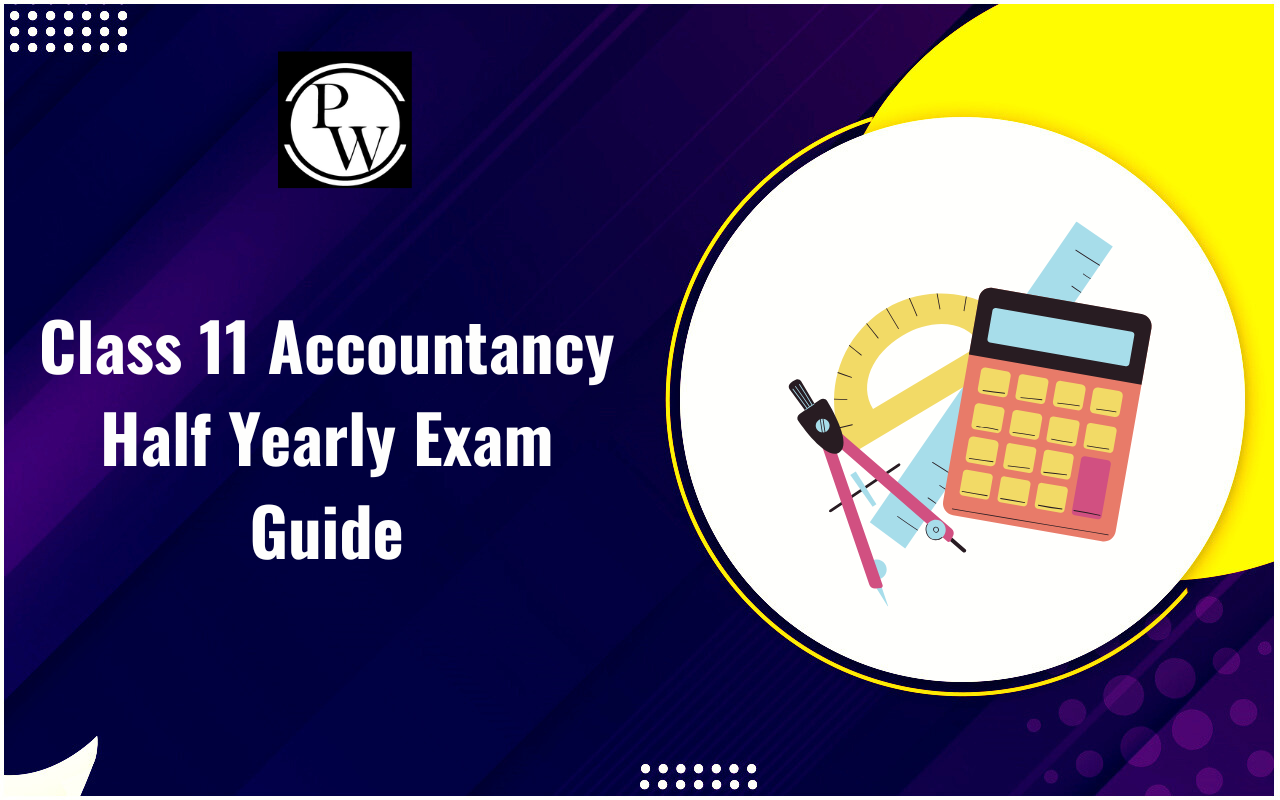
In the world of money and how we use it, there's the Marginal Propensity to Consume (MPC). It is like a map that helps us understand how people spend their money and what it means for the economy. Think of it as a helpful tool, born from the ideas of smart folks like John Maynard Keynes, to show us how we split our money between buying and saving things. This article is about breaking MPC down into easy bits, looking at what it is, why it matters, and what it means for regular folks like us and the big decision-makers. We'll take a simple journey through how people decide to spend their money and how it affects everything from how much we buy to how stable the economy is. So, let's dive in and explore how the Marginal Propensity to Consume helps us understand how money moves around.
Marginal Propensity to Consume
In economics, the marginal propensity to consume (MPC) is the proportion of an increase in income that a consumer spends on goods and services rather than saving it. MPC is a key concept in Keynesian macroeconomic theory and is calculated by dividing the change in consumption by the change in income. Essentially, MPC measures the proportionate increase in consumption with an increase in income, indicating how much of the additional income is spent on consumption rather than saved. The MPC varies with income levels and generally decreases as income levels increase, meaning individuals with higher incomes tend to save a larger proportion of any additional income. Calculating MPC involves determining the change in consumption and dividing it by the change in income.Importance of Marginal Propensity to Consume
The Marginal Propensity to Consume (MPC) examines the relationship between consumption and changes in income. As income levels rise, the proportion spent on consumption decreases, resulting in a lower MPC. MPC is crucial in determining the multiplier effect, which measures the impact of increased investment or government spending on GDP growth. A higher MPC leads to a larger multiplier effect, whereas a lower MPC results in a smaller impact on the multiplier. This relationship is expressed through the following formula: 𝑘=1−MPC where 𝑘 represents the multiplier effect, and MPC stands for the Marginal Propensity to Consume.How to Calculate Marginal Propensity to Consume (MPC)
The Marginal Propensity to Consume (MPC) is calculated using the formula: MPC=Δ𝐶Δ𝑌, Where ΔC represents the change in consumption and Δ𝑌represents the change in income, to determine the MPC, you need to know the change in income and spending. The formula indicates that you divide the change in consumption by the change in income to find the MPC. This calculation can illustrate how sensitive households or economies are to increases in income. Steps to Calculate MPC:- Determine the Change in Income: Identify the increase in income over a specific period.
- Determine the Change in Consumption: Identify the increase in spending (consumption) over the same period.
- Apply the Formula: Divide the change in consumption by the change in income.
| Also Read | |
| Difference between SEBI and Stock Exchange | Difference Between Fixed Assets and Current Assets |
| Normal Profit and Break-Even Point | Chapter 1 Accounting for Not-for-Profit Organisation |
What Does a High MPC Indicate?
A high Marginal Propensity to Consume (MPC) indicates that a large proportion of any increase in income is spent on goods and services, approaching the full amount of the income increase. This means individuals with a high MPC will likely spend most of their additional income rather than saving it. Conversely, a low MPC means that individuals spend a smaller portion of their increased income on consumption and save a larger portion. The MPC can significantly influence economic policies and decisions, as it affects how changes in income levels might impact overall consumption and economic growth. A high MPC typically suggests robust consumer spending, which can stimulate economic activity, while a low MPC indicates higher savings, which can lead to greater investment in the long term.Types of MPC
Understanding the Marginal Propensity to Consume (MPC) involves recognising its various types, each providing valuable insights into consumer behaviour and economic dynamics. Check out the types of MPCs below- MPC Greater than 1: When the MPC value is greater than 1, it signifies that changes in income levels have triggered a higher level of consumption, surpassing the value of 1.
2. MPC Equal to 1 : When the MPC is equal to 1, it indicates that an increase in income levels leads to an equal increase in the consumption of goods.
Example : If an individual earns an extra 500 and spends all 500 on consumption, the MPC is 1. This reflects a direct and proportional relationship between income increase and consumption increase.3. MPC Less than 1 : When the MPC is less than 1, it indicates a proportionately smaller increase in consumption relative to the change in income levels.
Example : If an individual receives an additional 1000 in income and spends 800 on goods, the MPC would be 0.8. This suggests that a portion of the income increase is saved rather than spent on consumption.Factors Determining MPC
The Marginal Propensity to Consume (MPC) is influenced by several key factors. One significant determinant is income. Individuals with lower incomes tend to have a higher MPC because they are more likely to spend additional income on necessities. Conversely, those with higher incomes typically have a lower MPC because they are more inclined to save additional income rather than spend it.- Wealth is another critical factor affecting MPC. Wealthier individuals generally have a lower MPC because they already possess sufficient resources to meet their needs and are more likely to save or invest any additional income. In contrast, those with less wealth are more likely to spend additional income on immediate needs, resulting in a higher MPC.
- Consumer confidence also plays a vital role in determining MPC. When consumers feel optimistic about the economy and their financial future, they are more likely to spend additional income, leading to a higher MPC. Conversely, if consumers are uncertain about the future, they save additional income, resulting in a lower MPC.
- Interest rates significantly impact MPC as well. Lower interest rates make saving less attractive and borrowing cheaper, encouraging spending and increasing MPC. On the other hand, higher interest rates incentivise saving and make borrowing more expensive, which can lower MPC.
- The availability of credit influences MPC by affecting consumer spending behaviour. When credit is readily available, consumers may feel more confident spending additional income, thus increasing MPC. Limited access to credit, however, can lead to more cautious spending and a lower MPC.
- Government policies can also affect MPC. For instance, tax cuts increase disposable income and encourage higher spending, raising MPC. Additionally, welfare programs, such as social security benefits, provide income to lower-income households, often resulting in a higher MPC.
- Cultural factors are another important consideration. Societies that emphasise consumption and materialism tend to have higher MPCs, while cultures prioritising saving and financial security typically exhibit lower MPCs.
- Income plays a crucial role in determining MPC. If individuals expect higher future income, they may feel more comfortable spending their current additional income, which increases MPC. Conversely, if future income prospects are uncertain or negative, individuals are more likely to save additional income, resulting in a lower MPC.
Marginal Propensity to Consume FAQs
Why does the marginal propensity to consume (MPC) range between 0 and 1?
What happens if the MPC is 0?
Can the average propensity to consume (APC) exceed 1?













